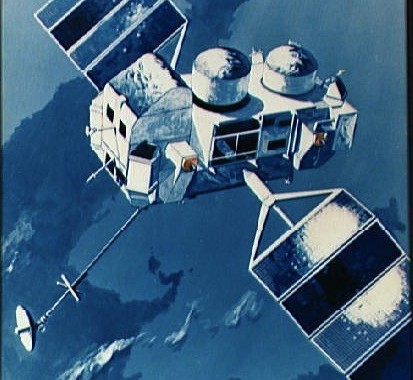
Artist's conception of the Compton Gamma Ray Observatory (CGRO) Photo Credit: NASA
Put ‘N’ and ‘O’ together and you may just have the most powerful word in the English language. Since becoming a project manager, I have learned that using this word is often associated with project success.
A project manager who knew how to say no mentored me in my first job in project management. At the time, I was systems engineer for an in-house science mission. If you wanted to make changes to the spacecraft after the design was approved and being implemented, you had to convince the Configuration Control Board, which was chaired by him.
More than once I brought suggestions for changes that I was sure would improve the system. He acknowledged they were good ideas, but he was focused on meeting the basic requirements and deemed the changes unnecessary. They might add cost and also delay the project’s completion, he argued. I understood his point of view, but it was still frustrating. Imagine, here I was a young, newly minted project manager, thinking I finally had gotten a chance to put my own original stamp on something. I was cocky, brimming with “Can-do” attitude, and that one-syllable word, No, had the effect of opening the ground under my feet and bringing me to a dead halt.
It was humbling, to say the least, but I learned a great deal about project management from that guy. He was right. In the end, the mission met its tight objectives, and most importantly, produced excellent science.
On my next project I had a chance to practice what I learned. It was a very large and expensive astronomical observatory, and I was the systems manager working for the same project manager. The science instruments were very large, very heavy, and very complex.
As systems manager, I had the responsibility for resource management. One instrument team was having trouble with various aspects of the design. The material had to be changed, or a collimator redesigned, and so on, and so on. I knew I had to do something before things spiraled out of control.
At one point when another request came in, I knew it was time to say no, and I did so. It was not so much that I didn’t have the resources left to allocate; rather I saw that setting a precedent was necessary for the sake of the whole project.
Naturally this caused the instrument principal investigator (PI) and his team great distress. It is difficult to argue with an expert scientist about his instrument. Although I am an engineer, I was not an expert in that instrument design, so I could not tell them how to solve their problem.
Challenging an expert team is not easy because they are convinced that they are building the instrument they were charged to build. They gave all sorts of reasons why their request was crucial to the project’s success, and the PI threatened to go over my head to the project manager. Nevertheless, I was convinced their design discipline was flawed and must be addressed, or else the whole project was in jeopardy.
Did they go to the project manager? I don’t know because I never heard anything. I felt confident about what the answer would be. I do know they improved their processes, and I took this as a tacit admission that they realized they had to tighten up. Following this I forged a good working relationship with the PI, and the instrument the team delivered for the observatory helped to make it a very successful mission.
Just saying no at the appropriate point in a project can have a profound effect. You don’t necessarily need to know how to solve the problem. The refusal forces a reappraisal of the issue, possibly stimulating more creative solutions.
Lesson
- You can be a mentor without realizing it. Your example teaches those things that are not found in textbooks.







